Object of the Month
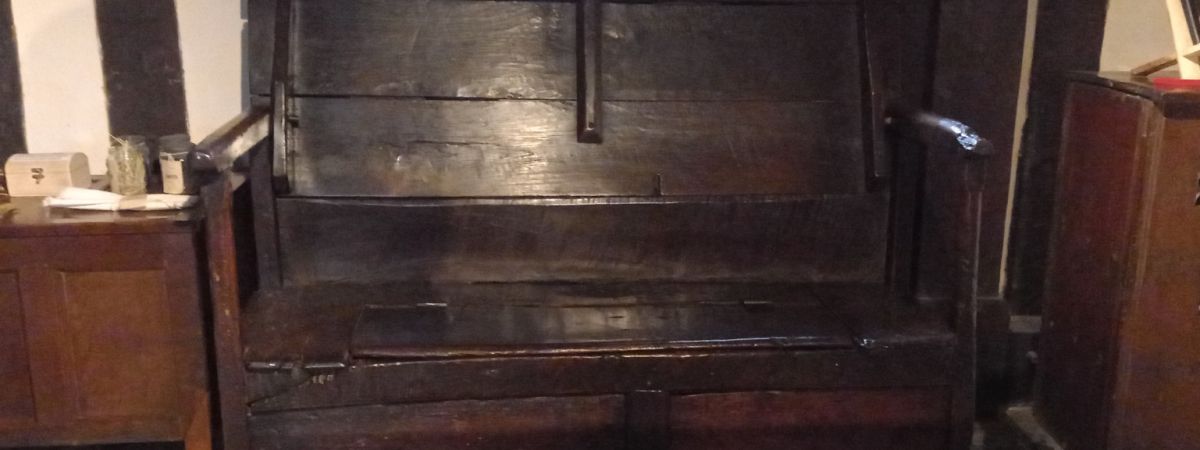
Share
Settling into the year
For our first Object of the Month for this year, the focus will be on our Mid-18th Century Settle Tables that illustrate how one piece of furniture can have multiple uses.
Our Settle Tables are perhaps one of the most modest, but ingenious pieces of furniture within the Laurence Cadbury Collection. Our Settle Tables reside in the Parlour at Selly Manor Museum. Though they may be plainer than some of our more decorative furniture, they illustrate some of the astute ways people living centuries ago found to save money and space when it came to furnishing their homes.
The History of Settles
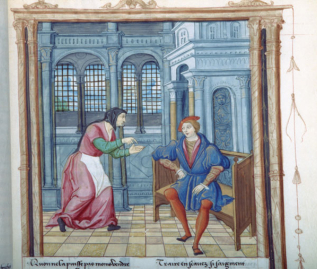
Figure. 1 (Image from The Roman de la Rose Manuscript that dates from 1520-1530)
First referenced in 10th century Europe, settles resemble pews and choir stalls found in churches (See Figure 1). Usually built of oak or other hardwoods, settles were made to be durable. Settles were designed to seat several people, which was why they were usually located next to the fire in the common sitting area within houses. Particularly after a hard day’s work in the fields, it gave the family a place where they could sit comfortably together. Due to their high backs, settles would have also helped to protect people from draughts while they sat around the fire.
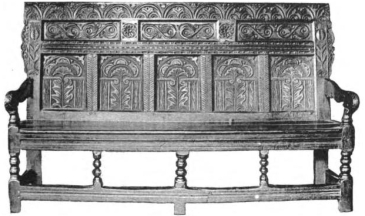
Figure.2 (An example of elaborate Seventeenth-century oak settle)
During the 15th century, they became a common furniture in pubs and inns, where customers could rest their tankards on adjoining shelves protruding from the armrests. Occasionally, settles were incorporated into a room's structure, particularly to fit into a corner. Settles from affluent household were often elaborately carved (See Figure 2) . Whereas other examples had modestly plain backrests, such as our settles at Selly Manor. Towards the end of the 17th century, domestic versions started to include nailed-on leather upholstery and angled backrests for added comfort. In many ways settles are similar to modern sofas. Actually, the term settle is possibly where the modern term settee comes from!
Settle Tables
The type of settles in our collection are a type of settle benches called Settle Tables. Settle tables developed from a need to conserve money and space for many ordinary people when it came to furnishing their homes. As settle tables had a very resourceful nature, as they were a type of furniture that had multiple functions! They included a hinged back that can be tipped 90 degrees for form a table. Therefore, it could be used for a variety of purposes such as a seat, a bed and a table. Settle tables were most commonly found in Ireland, particularly in Southern Counties of Wexford, Kilkenny and Waterford. Settle tables were also very common throughout England and Wales. Examples of English settle tables are more prevalent from the Jacobean period onwards whereas 16th century English settles are rarer finds.
Our Settle Tables
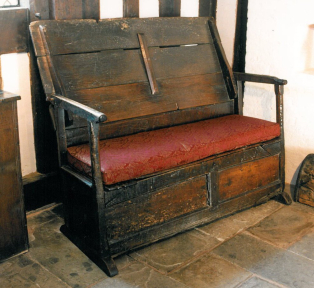
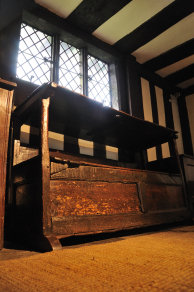
Figures. 3 & 4 (Our first 18th century Settle Table)
The two settles tables, we have at Selly Manor, are two different examples of English settle tables. Both date from the Mid-18th Century. Due to the visible wear on both settles, they highlight how integral these modest pieces of furniture were to their original owners. Selly Manor’s settle tables most likely belonged in households where their flexible designs would have offered a valued solution for saving both space and money. The first settle table, within our collection, includes a chest for storage within the seat. Then the backrest folding down to rest on the arms to make the table. This settle dates to the 1740’s and is quite worn which illustrates its vital usage over the years.
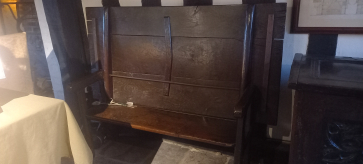
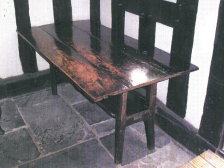
Figures. 5 & 6 (Our second 18th century Settle Table)
Our second settle table has a narrower seat compared to the backrest which is held up by an iron rod. This settle table was brought by Laurence Cadbury in 1910 in St Albans, as he scoured the country searching for suitable items to furnish Selly Manor.
Settles were a key part of many seating areas within homes for many centuries and highlight the practical ways the ordinary people endeavoured to make their lives easier within their homes. And the importance of settles within the home is where we mostly like where we get the phrase 'Settle Down' from, as settles offered the family a place to rest after a long day’s work.
Megan, Museum Assistant